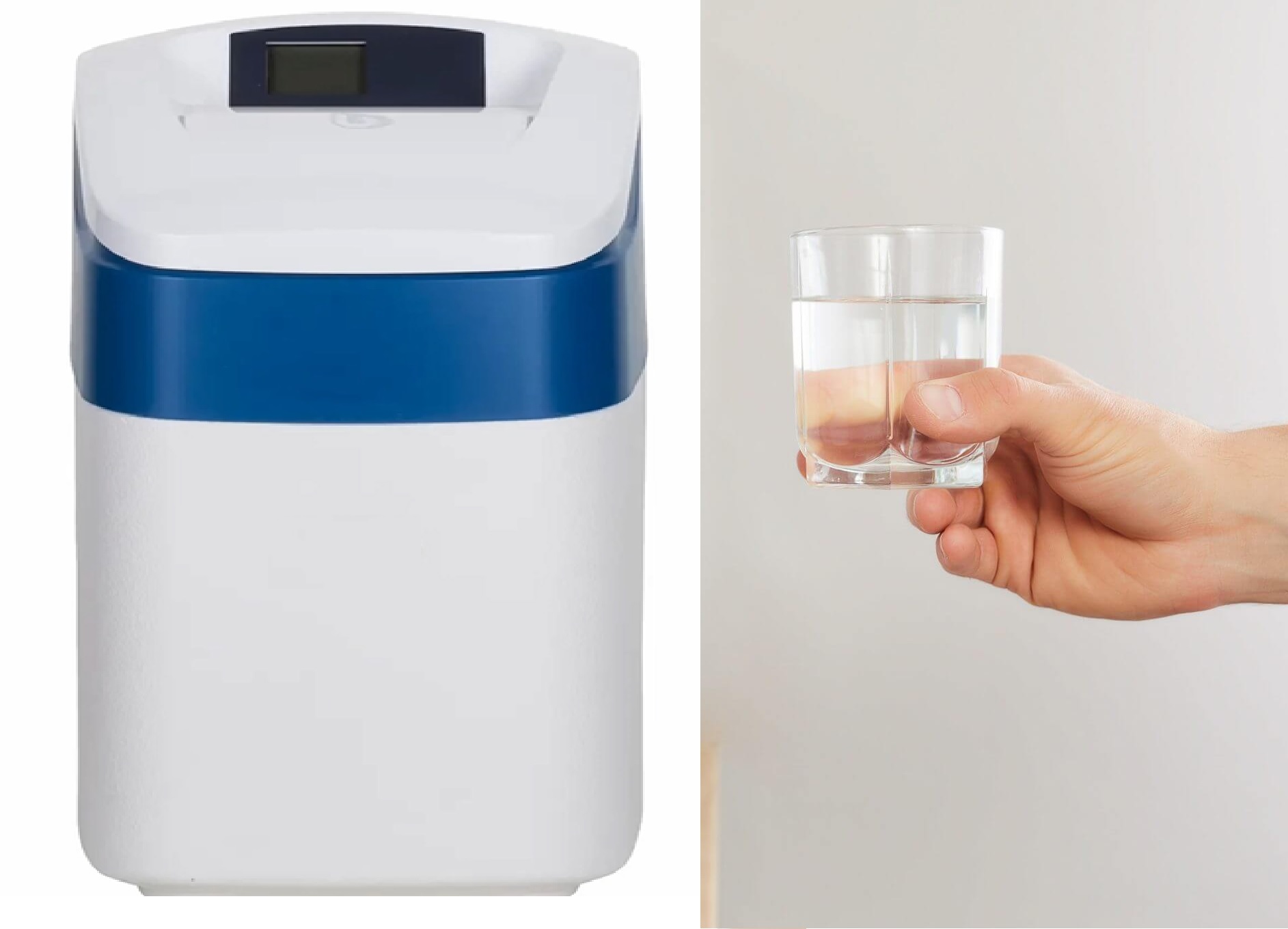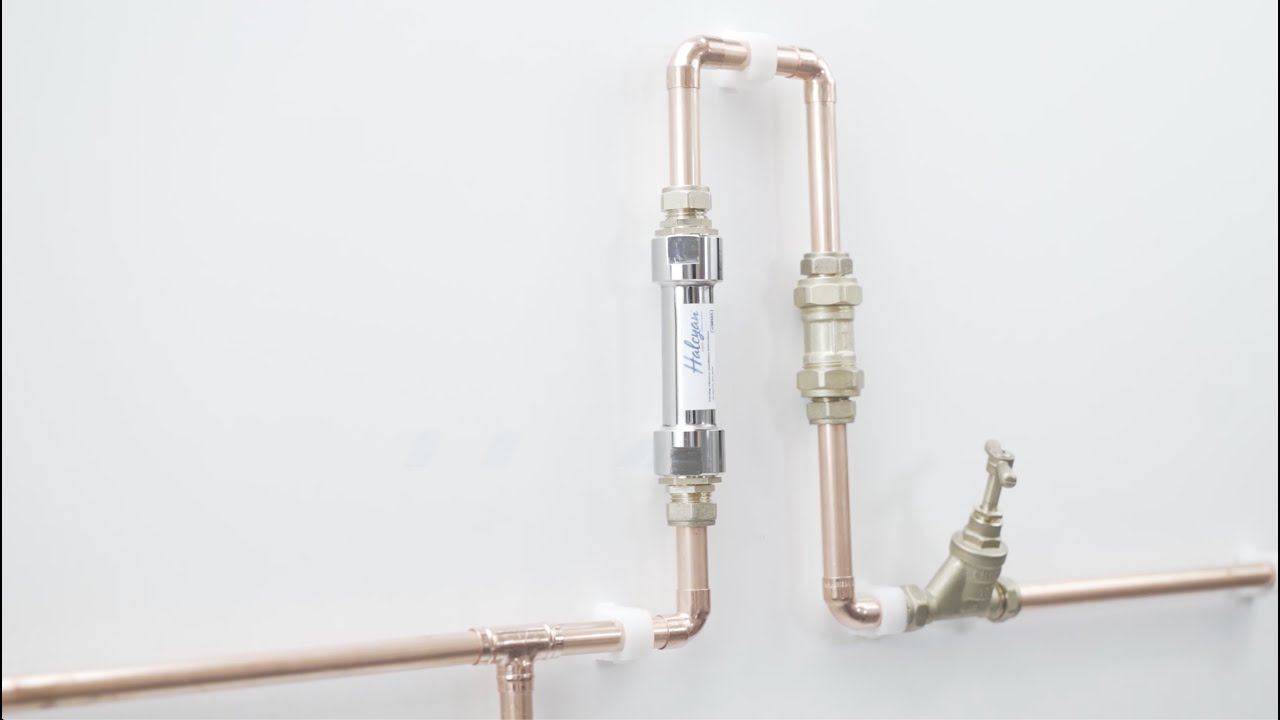If you’re about to start your next paint job, or perhaps close to finishing the one you started.
Now, you don’t understand how much paint you need.
To find out how much paint you need, you initially need to find out about the factors that affect paint weight.
There are many things that affect the paint weight, like the density and the pigments and binders inside the paint.
In this blog, we’ll talk more in detail about what factors affect paint weight and what are the standard measurements.
Find out how big is a quart of paint
What factors affect paint weight?
Paint weight is suffering from a number of factors, including the sort of paint, the pigments used, the density of the paint, and therefore the amount of solvent used.
The type of paint can have a big impact on the weight of the paint, as oil-based paints tend to be much heavier than water-based paints.
The pigments utilized in the paint can also affect its weight, as some pigments are much heavier than others.
The density of the paint also plays a role in its weight, as a more densely-packed paint is going to be heavier than a less dense one.
Finally, the quantity of solvent used in the paint can also affect its weight, as paint with plenty of solvents will be lighter than one with less solvent.
Standard Measurements
There are generally two sorts of paint measurements- standard and metric. Standard measurements are typically utilized in the United States, while metric measurements are utilized in most other countries. When buying paint, it’s important to know which type of measurements your country uses so that you can buy the right amount.
A gallon of paint generally covers around 350 square feet, but this will vary depending on the type of paint and the brand. A quart of paint generally covers around 100 square feet. These are just general estimates- always check the precise paint can for more exact measurements.
When using standard measurements, it’s important to remember that a pint is not the same as a pound- a pint is a unit of measurement for volume, while a pound may be a unit of measurement for weight. This will be confusing when trying to figure out how much paint to buy. For instance, if a can of paint says it’s one pint, that doesn’t mean it weighs one pound.
To convert between standard and metric measurements, there are some simple conversion formulas. One gallon is adequate for 3.785 liters, one quart is adequate for 0.946 liters, and one pint is adequate for 0.473 liters. To convert from liters to gallons, multiply the number of liters by 0.264. To convert from liters to quarts, multiply the number of liters by 1.057. To convert from liters to pints, multiply the number of liters by 2.113.
Using the right measurements is essential when buying paint so that you don’t end up with too much or too little. With a bit of knowledge, you’ll easily figure out the right amount to buy no matter what type of measurements your country uses.
Can you estimate the weight of your paint by volume?
There are some ways to estimate the weight of your paint by volume.
The first way is to simply multiply the volume of paint by the density of the paint.
This will give you a good estimate of the weight of the paint.
Another way to estimate the weight of your paint is to weigh a known volume of paint and then divide that by the weight.
This will give you an estimate of the weight of your paint per unit volume.
How to Convert From Gallons to Pounds for Paint?
To convert from gallons to pounds, you’ll need to know the weight of the paint you are using.
For example, if you’re using paint that weighs 10 pounds per gallon, and you’ve got 2 gallons of paint, the load would be 20 pounds.
Does the color of the paint affect its weight?
The color of the paint does not affect its weight. However, the sort of paint does affect the weight. For instance, water-based paint is far lighter than oil-based paint.
Does dark paint weigh more?
The short answer to the present question is no, dark paint doesn’t weigh more than light paint. However, there are some factors to think about when it comes to the weight of paint.
For example, if you’re comparing two gallons of paint, one gallon of sunshine paint, and one gallon of dark paint, the dark paint will actually weigh more.
This is because darker colors require more pigment to achieve the desired color, and the pigment is one of the heaviest ingredients in paint.
So, while a gallon of dark paint may weigh quite a gallon of light paint, the difference in weight is thanks to the pigment, not the color.
Our Verdict
It is important to pick the right paint for your project to ensure that the job gets done correctly. It’s also important to remember that paint can be heavy, and it’s best to pick a lighter color or use a special finishing technique.
If you’ve got any questions about this blog post, don’t hesitate to comment or ask questions from me on Quora





